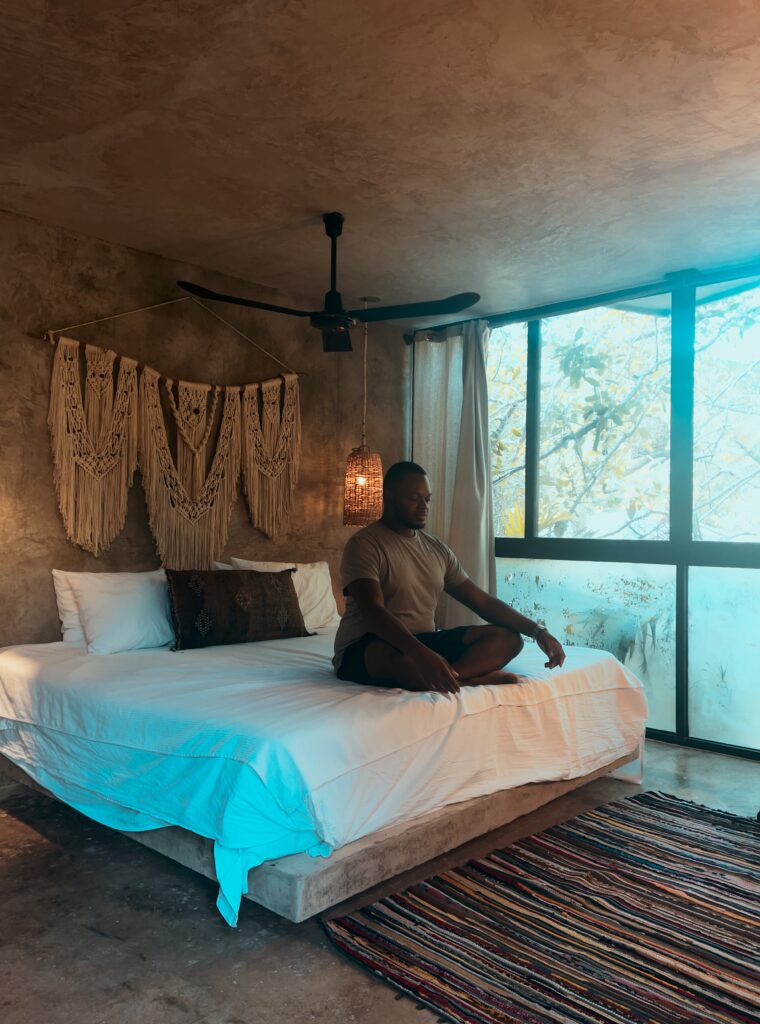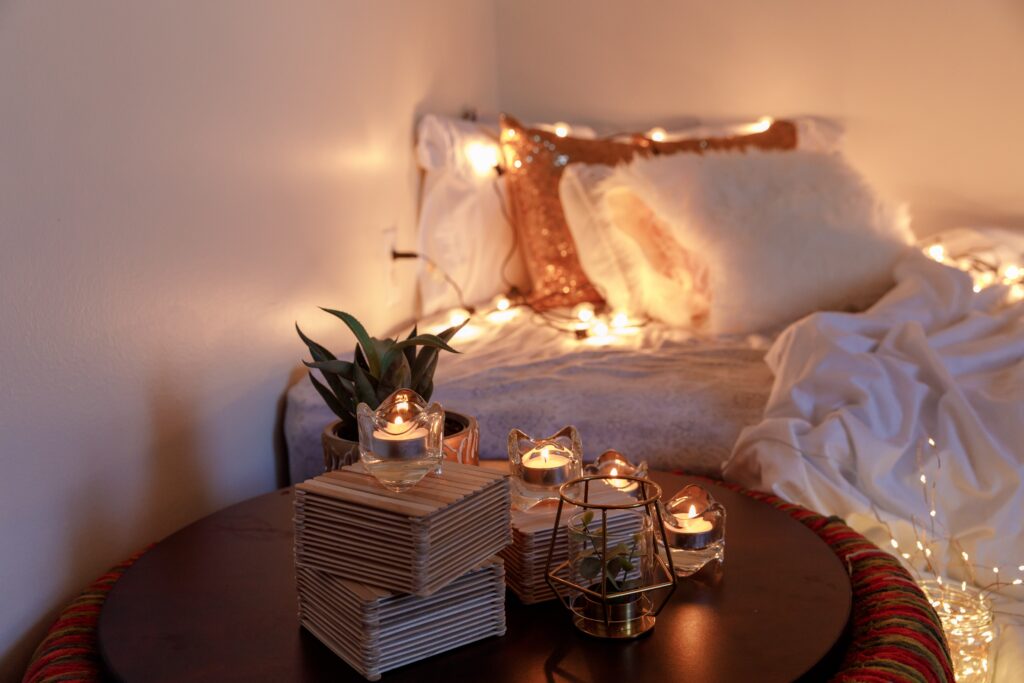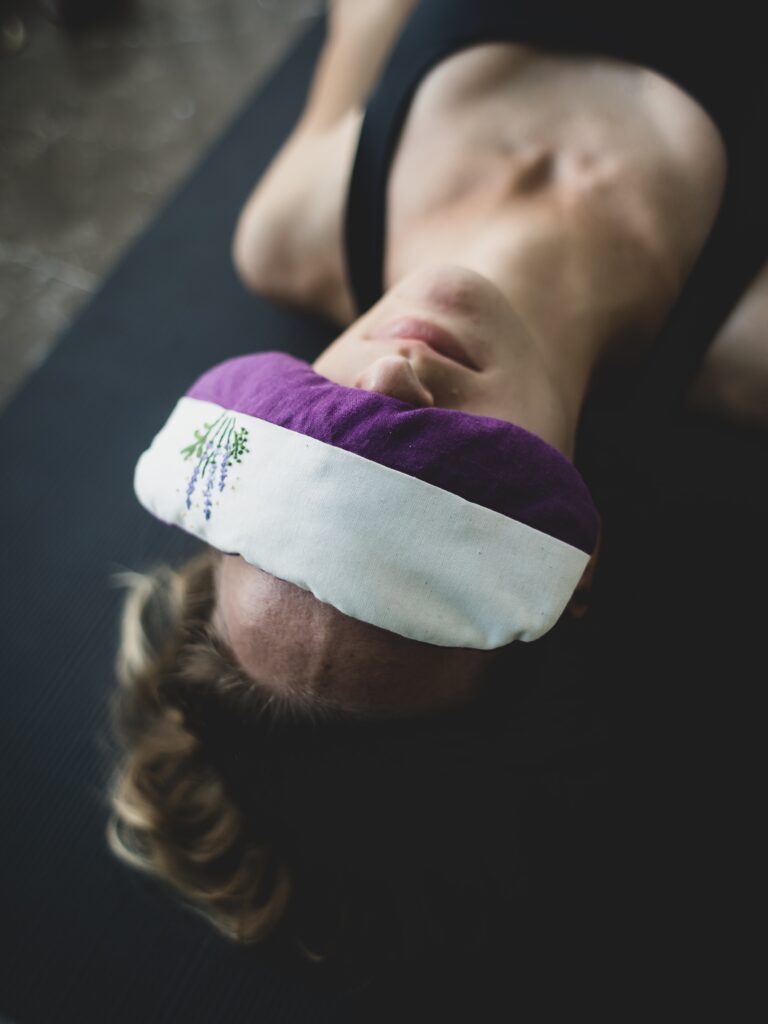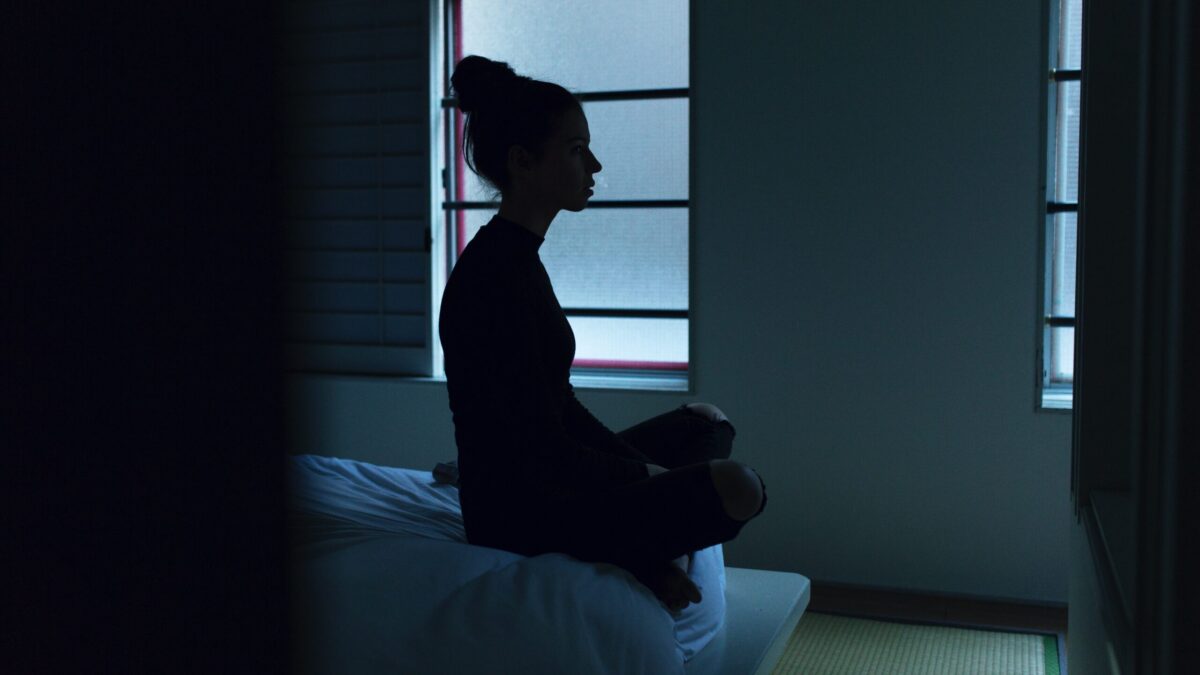Do you ever find yourself struggling to get a good night’s sleep? If so, you may want to try sleep meditation. Sleep meditation is an effective way to relax your body and mind and help you get the restful sleep you need. In this blog post, we’ll discuss the benefits of sleep meditation, how to do it, and how it can improve your overall wellbeing. By using sleep meditation, you can get a good night’s sleep, reduce stress, and feel energized throughout the day. Read on to learn more about how sleep meditation can help you get a good night’s rest.
Table of Contents
Te benefits of Sleep Meditation
Sleep meditation is a simple and effective way to help improve your sleep quality, increase relaxation and reduce stress. This practice helps to create a peaceful, calming environment that is conducive to restful sleep. The positive effects of sleep meditation have been well documented, and can be seen in the following areas:
- 1. Improved Quality of Sleep – Sleep meditation helps to reduce anxiety and improve the quality of sleep you get. This can include reducing tossing and turning, sleeping longer and deeper, as well as feeling more rested when you wake up.
- 2. Reduced Stress Levels – Studies have shown that sleep meditation can reduce stress levels by helping to create a calmer, more relaxed state of mind. By taking some time to focus on your breathing and allow your thoughts to drift away, you can feel more balanced and better able to manage stress.
- 3. Improved Memory – The practice of sleep meditation helps to improve memory recall, making it easier for you to remember things you’ve learned or read about during the day.
- 4. Improved Mood – Sleep meditation helps to boost your overall mood by allowing your mind to relax and reducing anxiety. This improved mood can then lead to an increase in energy levels throughout the day.
Sleep meditation is a simple and effective way to improve your sleep quality and reduce stress levels. It’s easy to learn and can be done at any time or place, making it accessible to everyone.

The best time for Sleep Meditation
The ideal time for sleep meditation is just before bedtime. As you get ready to go to sleep, your body begins to relax and your mind slows down. That’s the perfect time to practice sleep meditation. Taking a few moments to clear your head of stress and anxiety can help you transition into a peaceful, restful sleep. Try to find a time that works best for you and stick to it so that your body and mind get used to the routine. A consistent bedtime routine can also help promote better sleep hygiene.

The Procedure of Sleep Meditation
The procedure of sleep meditation is simple and can be done in the comfort of your own home. To begin, it’s important to create an environment conducive to rest. This could include dimming the lights, turning off electronics, or adding calming music. Once your environment is set, start by focusing on your breathing. As you breathe in and out, you should start to feel more relaxed. After your breathing slows down, take some time to do a body scan. As you go through each body part, tense it up and then relax it again. This will help release tension in your body and make it easier to drift into a relaxed state.

The Importance of a Comfortable Environment
Creating a comfortable environment is crucial for both sleep and meditation, as it can have a significant impact on the quality of your experience. Here are some reasons why a comfortable environment is important for sleep meditation:
- Promotes relaxation: A comfortable environment helps to promote relaxation by reducing physical discomfort, such as an uncomfortable mattress or pillow. When you are relaxed, you are better able to focus on your breath and clear your mind during meditation or fall asleep more easily.
- Reduces distractions: A comfortable environment can help reduce distractions that can interrupt your meditation or sleep, such as noise or bright light. This allows you to focus more easily on your practice and achieve deeper states of relaxation.
- Enhances the experience: A comfortable environment can enhance the overall experience of meditation or sleep. For example, a pleasant scent, soft lighting, or calming music can help create a peaceful and soothing atmosphere that is conducive to relaxation.
- Improves sleep quality: A comfortable environment can improve the quality of your sleep by creating the ideal conditions for your body to rest and repair. This includes factors such as temperature, lighting, and noise level.
Creating a comfortable environment for sleep meditation is important for promoting relaxation, reducing distractions, enhancing the experience, and improving sleep quality. By paying attention to these factors, you can create an environment that supports your practice and helps you achieve optimal relaxation and rest.



Relaxation techniques for Sleep Meditation
Sleep meditation is a great way to get a good night’s sleep, but it’s important to have the right relaxation techniques in place to make sure you’re getting the most out of it. Here are a few relaxation techniques to use when doing sleep meditation:
- 1. Breathing exercises: Deep breathing is one of the most popular and effective relaxation techniques for sleep meditation. Take slow, deep breaths in through your nose and out through your mouth, focusing on each breath and letting your body relax with each exhale.
- 2. Progressive muscle relaxation: This technique involves tensing and relaxing different muscle groups in your body, starting from your feet up to your head. This allows you to become aware of any areas of tension and work to release them, helping you relax and drift off into a peaceful sleep.
- 3. Visualization: Visualization is a great way to help your body and mind relax. Imagine yourself in a calm and peaceful place, such as a beach or garden, focusing on the sights, sounds, smells and feel of this place. Let your body sink into this relaxed state and stay there until you fall asleep.
- 4. Body scan: This technique involves slowly moving your awareness through each part of your body, noticing any areas of tension and consciously working to release them. It helps to keep your focus on the present moment and release any anxious thoughts that may be preventing you from getting a good night’s rest.
Using these relaxation techniques for sleep meditation will help you get into a deeper state of relaxation and drift off into a peaceful sleep. Make sure to practice regularly so that you can reap the full benefits of sleep meditation.

The Importance of Regularity
Regularity in sleep and meditation is essential for maintaining good mental and physical health. Our body follows a circadian rhythm that regulates many physiological processes, including our sleep-wake cycle. When we maintain a regular sleep schedule, our body adapts to this rhythm and can help improve the quality of our sleep.
Similarly, regular meditation practice can help improve our mental and emotional well-being. When we meditate regularly, we train our mind to become more focused, calm, and clear. This can help reduce stress, anxiety, and improve overall mood.
When it comes to combining sleep and meditation, practicing meditation before sleep can help calm the mind and prepare the body for sleep. By doing so regularly, the body and mind become accustomed to this routine, making it easier to fall asleep and stay asleep throughout the night. Additionally, regular meditation can help improve the quality of our sleep by promoting deeper relaxation and reducing disruptive thoughts or worries that might keep us awake.
In summary, regularity in both sleep and meditation is crucial for maintaining good physical and mental health. By establishing a regular routine, we can improve our sleep quality and overall well-being.

Frequently Asked Questions (FAQs) :
1. What is Sleep Meditation, and how does it differ from regular meditation? Sleep meditation is a practice specifically designed to help individuals relax and unwind before bedtime, promoting better sleep. Unlike regular meditation, which may focus on mindfulness or awareness, sleep meditation typically involves guided exercises and calming techniques tailored to induce a state of relaxation conducive to sleep.
2. How can Sleep Meditation contribute to improving sleep quality? This can enhance sleep quality by calming the mind, reducing stress and anxiety, and creating a conducive mental environment for rest. The guided nature of sleep meditation helps individuals release tension, facilitating a smoother transition into a more relaxed and peaceful state before bedtime.
3. Are there specific techniques used in Sleep Meditation to aid in falling asleep faster? Yes, this often incorporates techniques such as deep breathing, visualization, body scan, and progressive muscle relaxation. These methods aim to shift the focus away from racing thoughts and stress, guiding the individual into a serene mental state that facilitates a quicker and more peaceful transition into sleep.
4. Can anyone practice Sleep Meditation, and is it suitable for all ages? This is generally suitable for people of all ages, from children to adults. It can be especially helpful for individuals experiencing difficulty falling asleep or dealing with insomnia. However, it’s advisable to tailor the practice to the specific needs and preferences of the individual, and consulting with a healthcare professional is recommended, especially for those with existing sleep disorders.
5. How long should a typical Sleep Meditation session last, and when is the best time to practice it? The duration of a sleep meditation session can vary, but a typical session may last anywhere from 10 to 30 minutes. It is recommended to practice sleep meditation shortly before bedtime, creating a routine that signals to the body that it’s time to wind down and prepare for sleep. Consistency in timing and practice can enhance the effectiveness of sleep meditation in promoting better sleep patterns.
6. Can Sleep Meditation be used as a standalone practice or in combination with other sleep aids? Sleep meditation can be utilized as a standalone practice, and many individuals find it effective on its own. However, it can also complement other sleep aids or strategies, such as creating a sleep-conducive environment, maintaining a consistent sleep schedule, and practicing good sleep hygiene. It’s essential to explore what combination works best for individual needs and preferences.





Pingback: How insomnia wreaks havoc on your mental health - HEALTHILY EVER AFTER